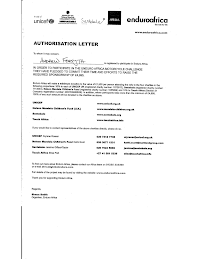A recent UNAIDS report on HIV transmission was released last week at the 9th International Congress on AIDS in Asia and the Pacific in Bali, raising new concerns about the trajectory of HIV infection in the region. According to the report, an estimated 50 million women may be at risk for HIV infection by virtue of a single risk factor: Being married or in a long-term relationship with men who engage in high-risk sexual behaviors.
It is estimated that more than 90% of the 1.7 million women living with HIV in Asia became infected from their husbands or partners while in long-term relationships. By 2008, women constituted 35% of all adult HIV infections in Asia, up from 17% in 1990.
In a similar vein, a study in Northern Tanzania found that women whose partners were certainly or possibly involved in concurrent partnerships were 36% more likely to be HIV-infected than similar women with truly monogamous partners.
Increasingly, it appears that the epidemic in Asia is on a similar track as the one that has devastated sub-Saharan Africa, including South Africa, given parallels in gender norms and violence, unequal access to prevention, stigma and discrimination, and other factors.
Meanwhile, agencies in Nigeria are advocating marriage between persons living with HIV as a strategy for curbing onward transmission. Among several problems with such policies are their seemingly evidence-proof assumptions, including the following:
If someone having HIV marries another HIV-AIDS person, that means there will be no HIV transmission to another negative person," said Rilwanu Mohammed, the Bauchi State Agency for the Control of AIDS, Tuberculosis and Malaria (BACATMA) chairman.
Instead of biting the bullet and ensuring the widespread accessibility of HIV testing, scaling up effective prevention interventions (including those tailored especially to men), and providing treatment and care for those living with the virus, societies - including my own - continue to try to find easier ways around the problem.
And so it goes.




No comments:
Post a Comment